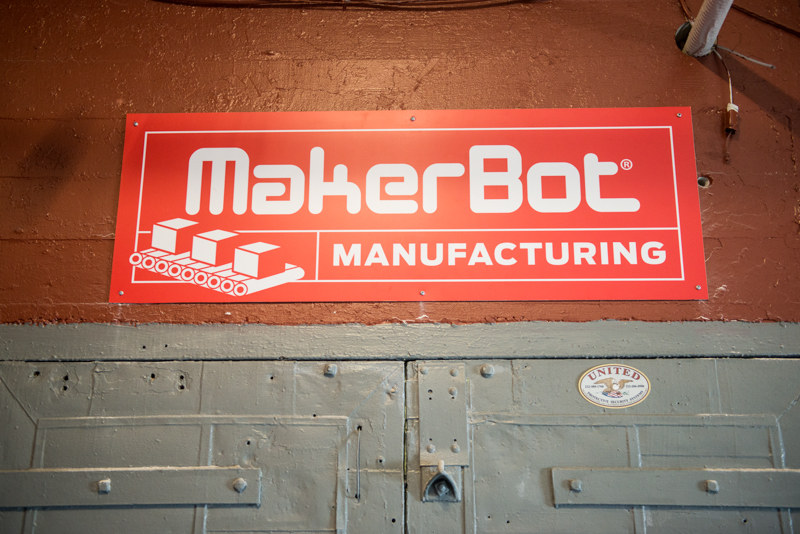MakerBot Sponsors Assistive Technology Hackathon

December 18, 2015
3D printing and philanthropy seem to go hand-in-hand. Both medical researchers and regular folks around the world have developed assistive technology using 3D printing. Additive manufacturing (AM) has helped to produce low-cost prosthetics and surgical models, and even provided a boost for stem cell research.
In the spirit of the holiday season, MakerBot recently sponsored an assistive technology hackaton, called the Bay Area Makeathon. Creative types were given 72 hours to come up with a functional design for a device to assist those with disabilities that could be built using 3D printing. The hackathon resulted in a number of practical designs, including the winner: a computer mouse that can be operated by a user’s mouth.

“We are blown away by the solutions that were developed during the Bay Area Makeathon for assistive technology,” said Jonathan Jaglom, CEO of MakerBot. “There are thousands of people with disabilities around the world who can’t find off-the-shelf products that address their needs, simply because there is no business case. The Bay Area Makeathon exemplifies how 3D printing can democratize medical innovation, and we’re excited to upload the prototypes to MakerBot Thingiverse to make them available to people around the world for free and allow the global community of 3D designers to improve upon the great work done at the Bay Area Makeathon.”
The mouse design, which is available on Thingiverse, took an existing product and reimagined it for AM production. The result is a mouse that costs a mere $20 to build, which is far less expensive that other available models. Rather than using the standard optical or ball designs for a mouse, this version uses a kind of joystick. Pushing on the stick moves the cursor, while pressing it down acts as a click, and sucking air through the end acts as a double click.
Other designs included the Grabber, which is a grabber stick intended to be operated by mouth, a cup hold for crutches, a sensor that alerts wheelchair-bound people when they should shift their weight to ensure proper blood flow, and a pill crusher to help people swallow extra large pills that can be difficult to choke down.
Below you’ll find a video about the mouth mouse.
Sources: MakerBot, Digital Trends
Subscribe to our FREE magazine, FREE email newsletters or both!
About the Author
John NewmanJohn Newman is a Digital Engineering contributor who focuses on 3D printing. Contact him via [email protected] and read his posts on Rapid Ready Technology.
Follow DE





